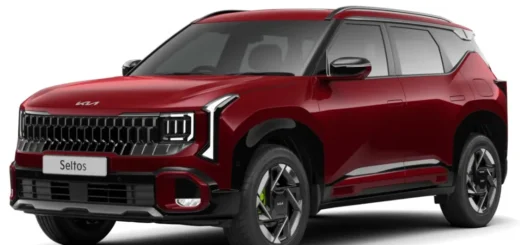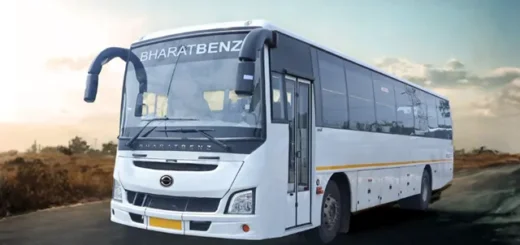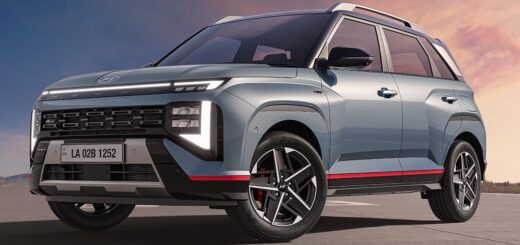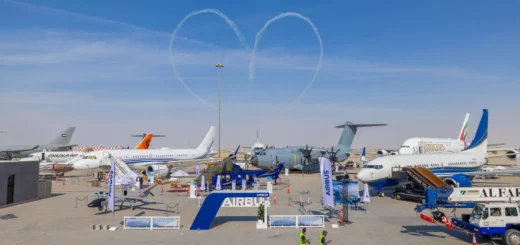Hybrid-electric ‘EcoPulse’ aircraft offers key insights on sustainable aviation
EcoPulse is a distributed hybrid-electric propulsion demonstrator aircraft jointly developed by French aerospace companies Airbus, Daher, and Safran.
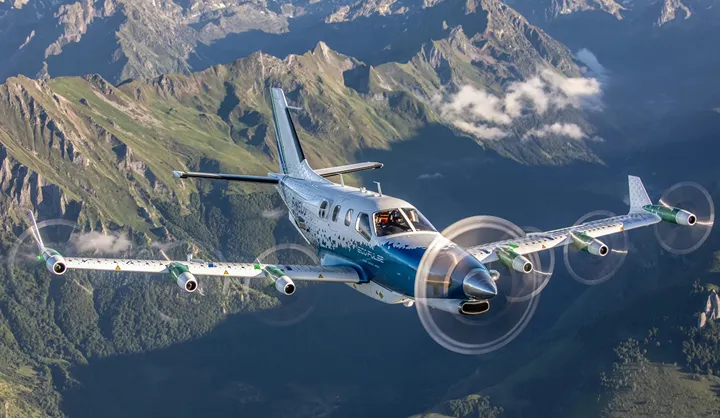
Hybrid-electric test aircraft ‘EcoPulse’ has recently concluded its test flight campaign, clocking 100 flight hours (16 hours of pure-electric flight) spaning some 50 test flights. Essentially a Daher TBM 900 turboprop, the aircraft is modified to house six e-propellers on its wings, along with its standard, nose-mounted engine.
The aircraft is part of a collaborative project involving French aerospace companies, namely Airbus, Daher, and Safran. The project aims to gather practical experience in the design, certification, production, and operation of hybrid-electric aircraft.
Each of the six e-propellers are run by a 50-kW Safran ENGINeUSTM electric engine. The e-engines draw power from high-energy-density battery pack developed by Airbus. A 100-kW auxiliary power unit (APU) is also in place as power backup.
Also Read: Hydrogen for sustainable aviation: Where are we now?
Airbus has also contributed in the areas of aerodynamic and acoustic integration of the distributed-propulsion system and in the development of flight control computer system. Daher’s role involved integration of the e-components into the air frame.
According to the companies, the test flights of the ‘EcoPulse’ has yielded significant findings, including an objective evaluation of the maturity of hybridization technologies in aviation, a performance assessment, and identification of operational limitations.
The project has successfully demonstrated the concept of distributed electric propulsion, operating under a network voltage of approximately 800 volts DC and a power output of 350 kW. The tests have also validated the reliability of battery system in the aircraft.
Further, the testing of an innovative flight control approach that leveraged the thrust levels among the six electric propellers to change the aircraft’s trajectory was successfully carried out. Significant noise reduction has been achieved by synchronizing the speeds and the relative positions of the e-propellers’ blades.
Also Read: Boeing 777, 787-10 ecoDemonstrator aircrafts to test 19 technologies
On the other hand, the ‘EcoPulse’ project has identified some key factors that continue to challenge the electrification of aircrafts. Most important being the development of electric and hybrid architectures, battery systems and other key components. The tests have also noted weight and noise optimization as a critical challenge in this regard.
The project is said to have laid the groundwork for the technological and regulatory advancements needed to upgrade the air transport using electric and hybrid technologies.





